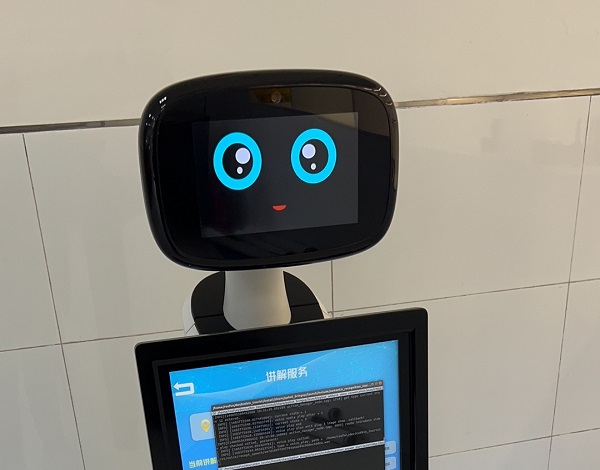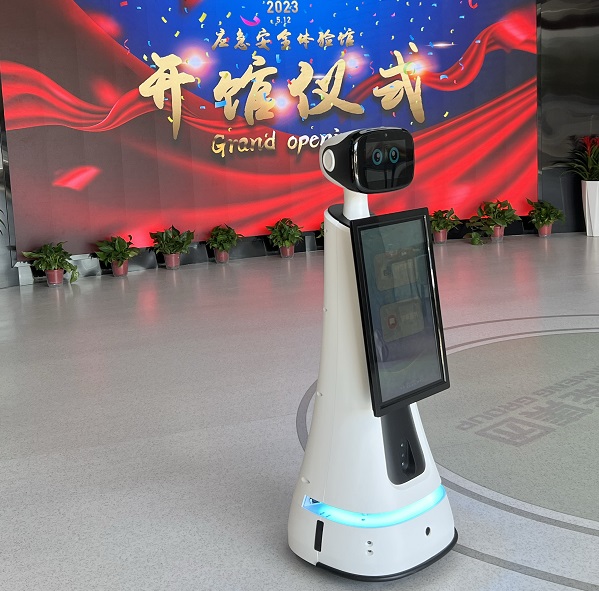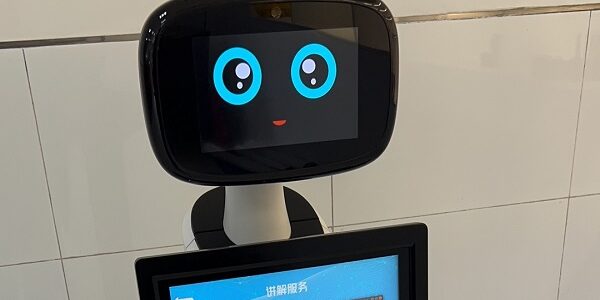Service robots are designed to improve the quality and convenience of human life through semi-autonomous or fully autonomous functions. They are equipped with mobile bases, mechanical arms, and control devices, enabling them to perform a wide range of tasks. The primary service categories of these robots are personal/home, industrial, and defense/security. Each category showcases unique capabilities and applications, illustrating the diverse roles that service robots can play in society.
1. Personal/Home Service Robots
Personal and home service robots cater to individual and family needs, significantly impacting daily life. These robots include:
- Elderly and Patient Care: Robots assist with household chores, provide companionship, and offer medical support. As societies age, the demand for robots that can aid the elderly and disabled will increase. These robots can help with mobility, medication management, and even social interaction, ensuring better care and comfort for those in need.
- Home Maintenance: Robots like vacuum cleaners and lawn mowers handle routine maintenance tasks, freeing up time for homeowners. Advanced models can integrate with smart home systems, offering enhanced convenience and efficiency.
- Entertainment and Companionship: Robots equipped with audiovisual capabilities can entertain, educate, and provide emotional support. This is particularly beneficial for children and individuals living alone.

2. Industrial Service Robots
Industrial service robots operate in various sectors, improving efficiency and safety. These include:
- Agriculture: Robots in agriculture handle tasks like planting, harvesting, and monitoring crop health. They reduce the labor burden and enhance productivity by performing repetitive and physically demanding tasks with precision.
- Healthcare and Surgery: Robots assist surgeons in performing delicate operations, reducing the likelihood of human error and improving patient outcomes. They also support tasks like rehabilitation and patient monitoring.
- Construction: In construction, robots take on heavy lifting, bricklaying, and hazardous tasks, improving safety and efficiency on job sites.
- Office Assistance: Robots serve as office assistants, guiding visitors, delivering documents, and performing clerical tasks. This allows human employees to focus on more complex and creative work.
3. Defense and Security Robots
Defense and security robots are deployed in environments that are dangerous or require constant monitoring. Their applications include:
- Surveillance and Patrol: Security robots patrol neighborhoods and facilities, detecting and reporting suspicious activities. They can operate around the clock, providing continuous surveillance.
- Firefighting and Disaster Response: Robots designed for firefighting can navigate hazardous environments, extinguish fires, and rescue individuals. In disaster zones, they assist with search and rescue operations, hazardous material detection, and damage assessment.
- Military Operations: Military robots perform tasks such as bomb disposal, reconnaissance, and logistics support, reducing the risk to human soldiers.

Reflections on Service Robots
While service robots bring numerous benefits, including increased safety, efficiency, and convenience, they also raise important ethical and social considerations. The potential displacement of human workers is a significant concern. As robots become capable of performing tasks traditionally done by humans, there is a risk of job loss in various sectors. It is crucial to address these issues by creating policies that protect workers’ rights and ensure a fair distribution of the benefits brought by automation.
The integration of artificial intelligence and cloud computing with service robots promises to enhance their capabilities, making them more responsive and adaptable. However, this also necessitates robust security measures to protect against cyber threats and ensure the ethical use of these advanced technologies.
In conclusion, service robots have the potential to revolutionize various aspects of human life, from personal care to industrial operations and security. Their development and deployment must be guided by a careful consideration of their impacts on society, ensuring they are used to complement human efforts and improve overall quality of life. As we navigate the future of robotics, it is essential to strike a balance between technological advancement and social responsibility.






